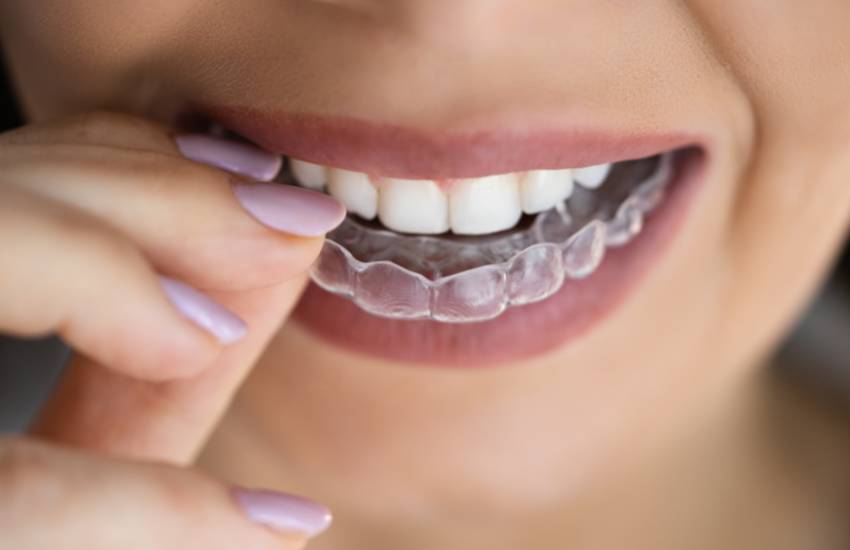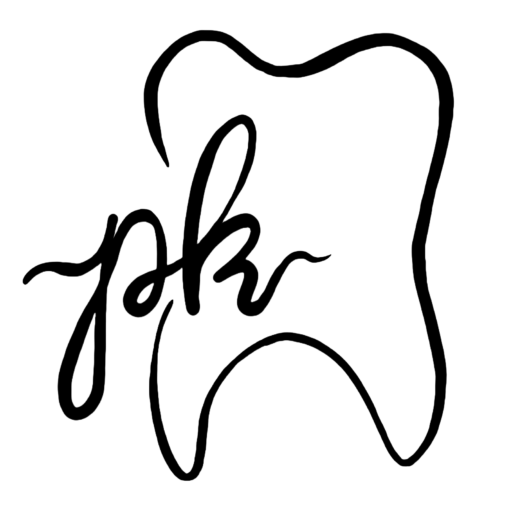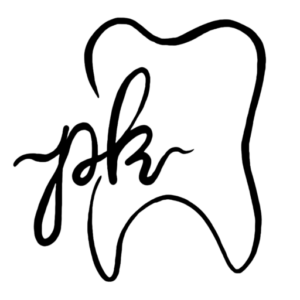Dental Aligners


Call Us Today
What are Dental Aligners?
Dental aligners, also known as clear or invisible aligners, have been popularised in recent years as a discreet alternative to traditional metal braces. The transparent plastic used to form the aligner moulds is less noticeable, eliminating aesthetic concerns from the teeth straightening process.
The first complete aligner system, Invisalign, was invented in 1997, and since then a number of systems have become available through orthodontists, as well as flexible at-home solutions.
Clear teeth aligners are orthodontic devices used to reposition and straighten teeth, with minimal impact on the wearer’s everyday life. This is because the retainer-like device is designed to be removable, and is almost invisible during use.
Benefits of Dental Aligners
Dental Aligners can be beneficial in many circumstances, with typical treatable cases including:
To straighten teeth which are crooked, overcrowded or gapped.
To treat bite issues such as overbites, underbites or crossbites.
To recorrect teeth which have moved after having braces.
How Do Dental Aligners Function?
Getting dental aligners is simple, and considerably less invasive than traditional metal braces. Usually, only one or two appointments with an orthodontist are required before beginning the course of aligners.
The process is usually as:
- Your orthodontist will take bite impressions or create a 3D image of your mouth using a digital scan. This produces a detailed analysis of the bespoke orthodontic treatment required to straighten your teeth.
- The analysis taken from your dental impression will be translated into a recommended course of dental aligner moulds. Typically, a series can include as few as 12 aligners, or as many as 48, to use over time, depending on the severity of the use case.
- You will receive your dental aligners from your orthodontist. A set of prealigners is also often provided, to help you get accustomed to the feel before starting the alignment process.
- Each set of aligners is worn for around two weeks. Treatment times vary depending on individual cases, but the average course takes around 6 to 18 months to complete.
- Once the aligner course is finished, a retainer should be used for around 6 months to maintain teeth positioning, or you may be provided with an overcorrection aligner.
What Are the Benefits of Dental Aligners Compared to Metal Braces?
Although the fundamental function of clear aligners and metal braces is the same, there is some distinction between the two. Many of these differences are seen as reasons to opt for teeth aligners, such as:
- Aesthetics: For those who consider traditional metal braces a little too eye-catching, clear aligners are a more discreet teeth straightening solution. Aligners do not use brackets and wires and are able to be removed at any point.
- Oral hygiene: Teeth aligners relieve some of the additional care required for traditional braces. Brushing and flossing are easier with removable aligners, and there are fewer restrictions on food and drink.
- Fewer appointments: Although there can be variation, aligners usually require fewer orthodontic appointments during the teeth straightening process. Brace tightening is not necessary and there is less chance of emergency fixes being required.
Risk Factors associated with Dental Aligners
However, there are certain drawbacks to keep in mind compared to metal braces. For example, dental aligners require a little more dedication from the wearer, who must remember to replace them when removed for brushing or eating.
It’s also likely that metal braces will be more effective for those with more complex alignment issues.
There will also be some differences in cost, depending on the system in use and duration of treatment.
FAQs
Ans: Dental aligners are clear, removable trays used to gradually straighten teeth. They are an alternative to traditional braces and are designed to provide a more discreet and comfortable orthodontic treatment.
Ans: Aligners are nearly invisible, making them a popular choice for adults and teens who prefer a discreet treatment option. They are also removable, allowing for easier oral hygiene and fewer dietary restrictions compared to traditional braces.
Ans: The length of treatment with aligners varies depending on the complexity of your case. On average, treatment lasts between 6 to 18 months. Your orthodontist will provide a more precise estimate based on your individual needs.
Ans: Most patients experience some initial discomfort or pressure when starting a new set of aligners, but this usually subsides as your teeth adjust. Aligners are designed to be comfortable and are less likely to cause irritation compared to traditional braces.
Ans: It is recommended to remove your aligners before eating and drinking anything other than water. This helps prevent staining and damage to the aligners and ensures that you maintain optimal oral hygiene.
Ans: You will typically visit your orthodontist every 6 to 8 weeks to monitor your progress and receive new sets of aligners. These checkups help ensure that your treatment is on track and make any necessary adjustments.
Ans: The cost of dental aligners varies depending on the complexity of your case and the length of treatment. Contact our clinic for a detailed consultation and personalized pricing information.

